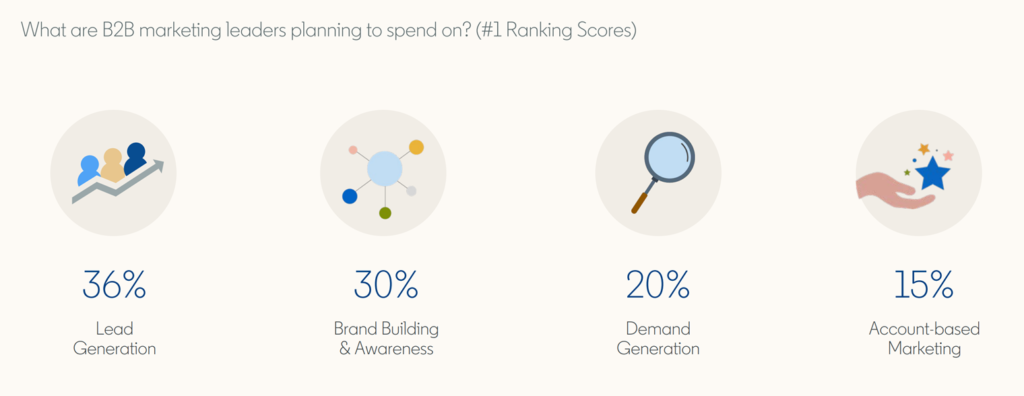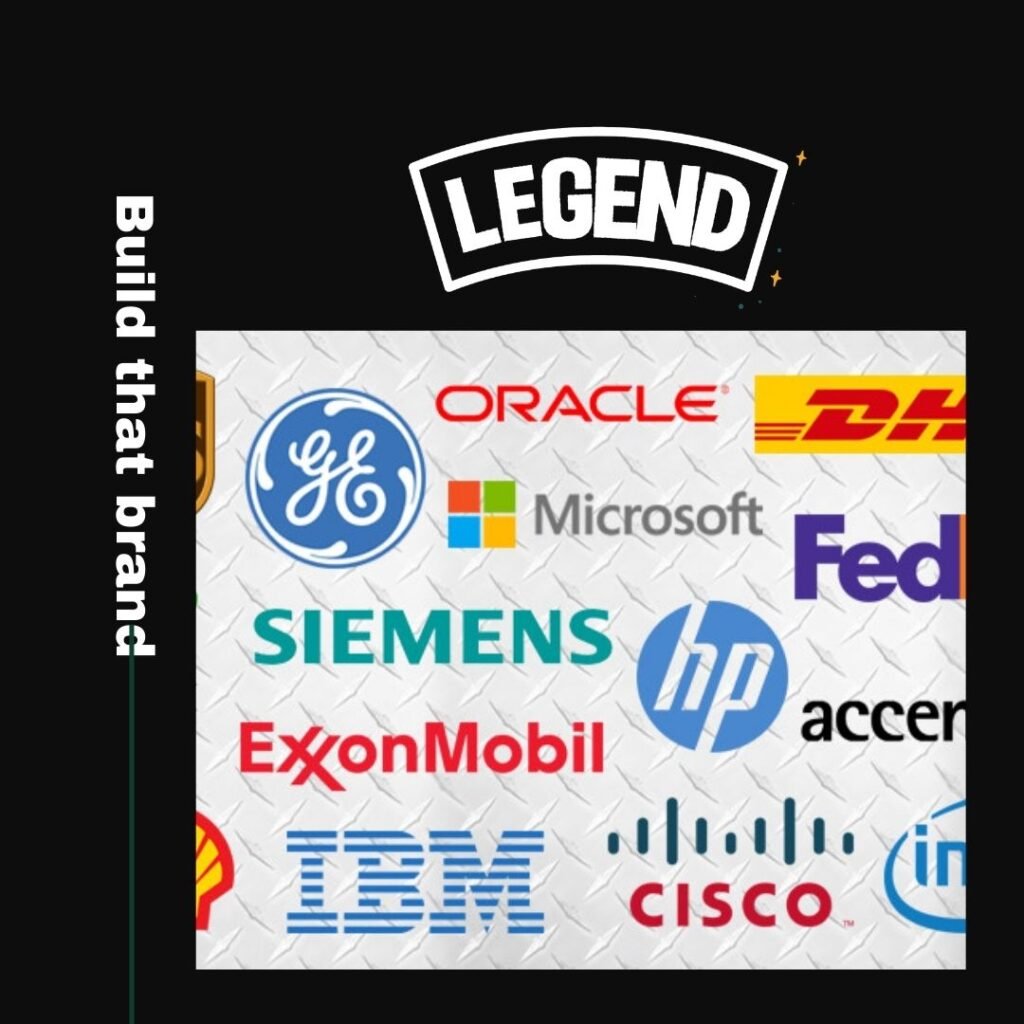Marketing leaders in B2B companies use SEO, Paid search and Social media – Content Marketing (Blogs, videos, etc.) as their top 3 strategies to fill top of the funnel for lead generation according to a survey by LinkedIn.

Each of these strategies has its own set of challenges in 2024.
Search Engine Optimization (SEO) is rapidly undergoing a dramatic change with Zero Click information and the rise of Large Language Models (LLM) such as ChatGPT, Google Gemini and others. The attributed traffic to organic search results is lower in 2024 by 5% on average for most B2B websites.
Paid search has always been a good technique, especially for competitor brand terms, and for products that are in highly competitive spaces where buyer intent is clear via search. These tend to be also for lower $ products (<$2000 in Annual Contract Value). The big challenge is however, the cost of customer acquisition is rising due to the cost of paid acquisition becoming more expensive.
Social Media Marketing (e.g. LinkedIn for B2B) sharing of content that’s produced is another technique with diminishing returns. All social media sites have an incentive to keep users on the site and that means all links shared are not getting as wide a reach as they did before. The cost of creating unique content is also increasing, and competing with content creators means there’s a lot more content, for the same eyeballs.

Many marketers are coming to the realization that brand building is an important area to focus on. The big challenge with brand building has always been:
How can brand development be measured and how can you attribute it to revenue or new customer acquisition?
CMO Magazine July 2024
Before the age of Instagram and YouTube influencers, the B2B influencer was an analyst at a firm (e.g. IDC, Gartner, etc.) or an industry veteran who would write reports, speak at conferences.
The new type of B2B influencer is different
- They curate content and write email newsletters – some with over 50K subscribers and 50%+ open rates
- They host and manage their own communities – Slack and Discord Channels
- They host weekly webinars and meetups
- They run popular podcasts
- They host large YouTube Channels
- They have large LinkedIn following (some over 100K) and post frequently content that exclusive to the platform
B2B influencer marketing involves tapping into the engaged audiences curated by these influencers. The audience is already tuned into the influencer and their content.
It solves 3 big problems for B2B marketers:
- Influencers can help you create content that is relevant for their audience and will likely help you with enagement.
- It helps increase awareness for their brand with association and affiliation tied to the influencer
- It helps create more leads at the top of the funnel and lends credibility when your sales teams are calling and affiliating with the influencer on social channels
B2B influence marketing does have its downsides – the nature of B2B sales cycles being long means that attribution – or tying influence metrics to actual customer acquisition or revenue is difficult if not impossible.
But a few marketers are starting to make the change and they are early in the game.
While consumer marketing leaders plan to spend up to $7.5 Billion on influencer marketing in 2024, B2B is not even close to $500M.
We think that will change and that’s why we are building an exclusive B2B influencer marketing company.
Please sign up for our email newsletter to be involved in our journey.

